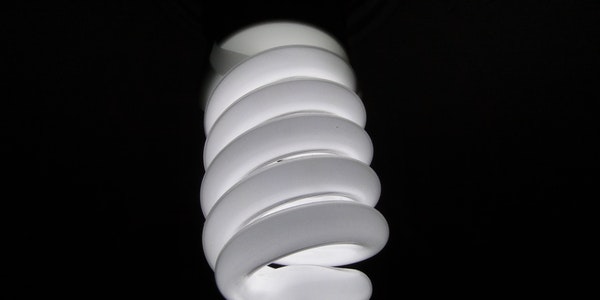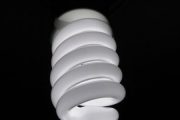What Are the Hazards of Fluorescent Lights
Since Edison invented the incandescent lamp in the 19th century, through the continuous improvement of filament materials, filament structure, and filling gas, the incandescent lamp quickly entered thousands of homes with its light color close to sunlight, good light collection performance, and high cost-effective price. Ten thousand households have become the electric light source with the largest output and the most widely used.
In the 1940s, fluorescent lamps were born. In contrast, the luminous efficiency of fluorescent lamps is much higher than that of incandescent lamps, the carbon dioxide emissions are relatively small, and the lifespan is longer. Fluorescent lamps have gradually replaced incandescent lamps in the field of home lighting, and have now occupied a major position.
Fluorescent lamps are widely used in places such as enterprises and schools, and their proportion in household lamps is also increasing. However, it should be known that fluorescent lamps have some disadvantages or hazards.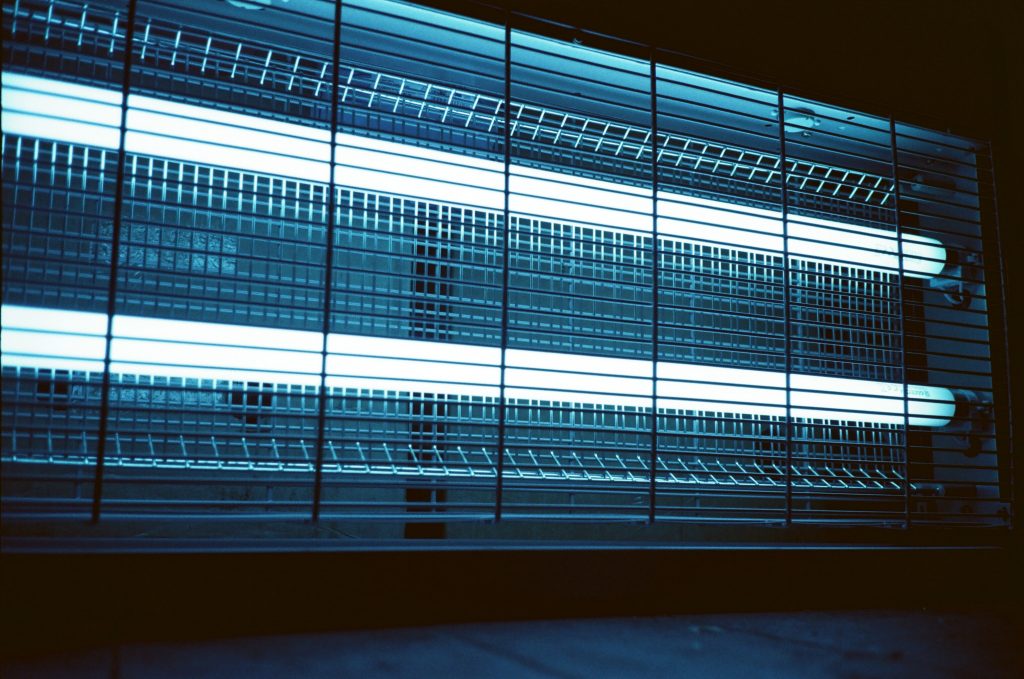
The Hazards of Fluorescent Lights
Fluorescent lamp is a kind of cold light source, which excites fluorescent material to emit light by high voltage. In fact, fluorescent lamp is flashing at high frequency. Although human vision cannot detect it, it can actually cause damage to the eyes and is easy to fatigue.
- Fluorescent tubes contain heavy metals such as mercury and phosphors, which can cause harm to the environment and humans.
- Damage to the environment: As the phosphor contains a large amount of Hg during the process of filling the fluorescent tube, the main source of its hazard is the Hg vapor emitted. Authoritative data shows: When the mercury vapor reaches 0.04 to 3 mg, It will cause people to be chronically poisoned within 2 to 3 months; the amount of 1.2 to 8.5 mg will induce acute mercury poisoning, if the amount reaches 20 mg, it will directly lead to animal death. Once mercury enters the human body, it can quickly disperse and accumulate in kidney, chest and other tissues and organs. Chronic mercury poisoning can cause mental disorders, autonomic disorders, and acute symptoms such as headaches, fatigue, fever, swelling of the mouth and gastrointestinal gums Acute interstitial pneumonia such as soreness, malaise and bleeding, loose teeth, red spots on some skin, papules, a small number of kidney damage, individual kidney pain, chest pain, dyspnea, cyanosis and other acute interstitial pneumonia.
Fluorescent lamps can produce more ultraviolet rays, which can cause photochemical fog in the room and cause indoor environmental pollution. Long-term exposure to fluorescent lamps will have an impact on the nervous system, especially for babies whose nerves are in the developmental stage.
As people’s understanding of light gradually deepens, we find that fluorescent lamps also have irreparable defects.
Strobe
Stroboscopic flicker is caused by the use of alternating current in fluorescent lamps, which causes short, imperceptible flicker when the current is switched. The frequency of occurrence is twice the frequency of alternating current, that is, 100 Hz. The dimming and dimming of the light makes the ciliary muscles constantly contract and relax to adapt to the environment. Continuous and intense exercise for a long time makes the ciliary muscle fatigue, and the eyes appear sore and painful.
Infrasound
The fluorescent lamp ballast will oscillate internally and emit infrasound waves when it is working. Infrasound is a band that humans cannot perceive. Long-term exposure to infrasound radiation can interfere with human nerves, causing symptoms such as dizziness, nausea and even depression.
Mercury pollution
Mercury, as a necessary intermediate for phosphors to emit light, is commonly found in fluorescent lamps. Working for a long time will increase the temperature of the fluorescent lamp and escape of mercury vapor. Mercury not only causes huge irreversible pollution to soil and water bodies, but also affects human health. Mercury, as a kind of heavy metal, can cause chronic mercury poisoning. The clinical symptoms are dizziness, forgetfulness, and even slight tremor in severe cases.
Blu-ray
The color forming principle of fluorescent lamps is that electrons excite phosphors of three colors to emit light. Blue light is one of the three colors. Due to this characteristic of fluorescent lamps, the result of uneven spectral distribution. Among them, the intensity of blue light, red light and green light each account for one-third, resulting in excessive blue light intensity compared with general light sources.
Blue light is the wave with the highest energy in visible light. Its energy can penetrate the cornea and lens and directly harm the retina. Long-term exposure to blue light can cause dry eyes, tearing, and even macular disease, which can lead to decreased vision.
damaged
Both compact and tube fluorescent lamps contain small amounts of mercury, which is a highly toxic chemical. If the lamp tube breaks, the owner must clean it carefully.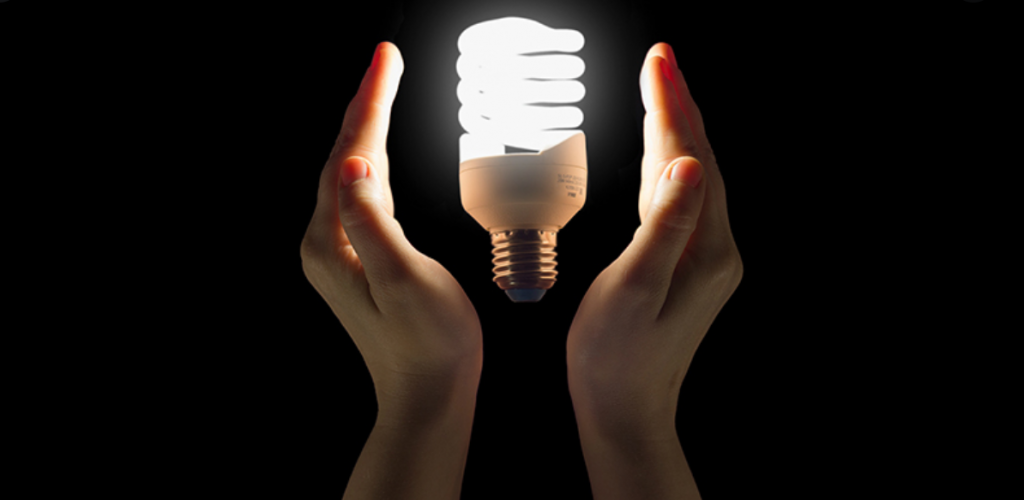
surroundings
Due to the presence of mercury, in the United States and other countries, it has been banned to discard fluorescent lamps like ordinary garbage. This can prevent them from appearing in landfills. However, because some waste recycling centers receive these lamps, many people may hide them in the trash.
Extreme restlessness
A research report published in a foreign journal “Classic Therapy” many years ago claimed that if a large number of fluorescent lights were used in the classroom, the child’s irritability index rose by 31%.
Extra pressure
Fluorescent lights flicker and make a buzzing sound, which is related to discomfort symptoms such as eye fatigue, eye discomfort, fatigue, headache, irritability, and inattention.
Melanoma
According to a report published in a foreign health journal in 1982, long-term exposure to fluorescent lights in the workplace increases the risk of malignant melanoma.
Scope of application of straight tube fluorescent lamp
It is suitable for places where finer work needs correct color recognition, high illuminance requirements, or long-term and intense vision work. The hanging height should be less than 4m.
Daylight fluorescent lamps are suitable for room lighting with natural lighting or lighting places that require a comfortable environment.
Fluorescent lamps are not suitable for use in places with frequent switching, and are not suitable for indoor and outdoor places where the ambient temperature is too high or too low.
The most suitable ambient temperature for fluorescent lamps is 18-25°C. When the relative humidity of the environment is in the range of 75% to 80%, it will cause difficulty in starting.
Fluorescent lamp tubes must be used in conjunction with ballasts and starters of corresponding specifications, otherwise the life of the lamp will be shortened or it will be difficult to start. The change in the voltage of the fluorescent lamp tube power supply should not exceed ± 5%, otherwise it will affect the light efficiency and life of the lamp.
The influence of the light source on the initial investment should be considered. The efficiency of the light source has a direct impact on the number of lamps, electrical equipment costs, material costs and installation costs of the lighting program. The use of high-efficiency light sources can reduce the initial investment. The size of the light source also affects the size and cost of the lamp. Although the fluorescent lamp has higher luminous efficiency, the size of the lamp is larger and the price is higher, so the initial investment will inevitably increase.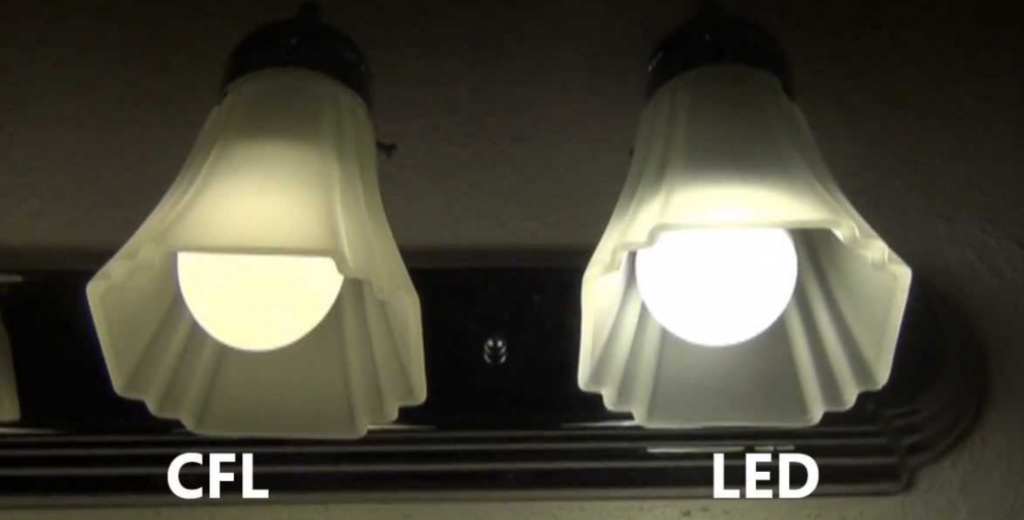
Selection principle of straight tube fluorescent lamp
- In any case, thin tube diameter (tube diameter ≤26mm) tubes, that is, T8, T5 and other types, should be used instead of T12 tubes, which has obvious energy saving and environmental protection effects.
- Under any circumstances, three primary color fluorescent lamps should be used instead of halogen fluorescent lamps. The tri-color tube has the advantages of high luminous efficiency, good color rendering and longer life. Although the price is expensive (about twice as expensive), but because of its high luminous efficiency, not only the energy-saving effect is good, and the operating cost is reduced; and because the number of lamps used is reduced, the cost of lamps and ballasts is saved, which makes the lighting system more expensive. The total initial construction cost is reduced.
- Use high-power lamps: In functional lighting places (except for decorative requirements), long lamps no less than 4 feet (approximately 1200mm) should be selected, that is, T8 type 36W, T5 type 28W, which has higher luminous efficiency.
- In general, it is advisable to use medium color temperature lamps: the color table of the light source (expressed by correlated color temperature) is selected, in addition to the special requirements of architectural colors, it can generally be determined according to the level of illuminance: simply put, high illuminance (>750lx) should use cold color temperature (High color temperature), medium illuminance (about 200~1000lx) use medium color temperature, and low illuminance (≤200lx) use warm color temperature (low color temperature). Because warm color temperature light makes people feel comfortable under low illuminance, but feels hot and dry under high illuminance; while cold color temperature light feels comfortable under high illuminance, and feels dim and cold under low illuminance. In most places, the illuminance is between 200 and 750lx, and it is better to use a medium color temperature light source; and medium and low color temperature fluorescent lamps have higher efficiency than high color temperature lamps, which is also conducive to energy saving.

